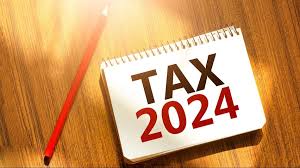Many successful business people own homes in the country, with significant acreage around them. If you’re one of these people, and you’re tired of paying big taxes on that extra land, you may want to consider using it for a small farm. On a small farm, you can raise crops or livestock. Here are a few tips to making the most of a small farm on your land.
- Check your local zoning rules.Before you do anything, make sure your local zoning department allows farming. If you’re growing food for you and your family only, you don’t have to worry. But once you start selling the food you grow, or livestock you raise, you’ll need a special business permit and potentially the okay from the health department.
- Get the details on tax breaks. (They’re different for each state.)While all 50 states provide tax breaks for agricultural land, their rules are different, depending on where you live and what you’re farming. Most states require you put a certain amount of land in use, and some require a certain amount in profits, to show that you’re actually in the small farm business.
- Avoid the “hobby farm” label.In order to get the tax breaks, you need to prove to the IRS that your farm is an actual business – not a hobby farm. A hobby farm is a “farm” – typically a few horses, other livestock or crops – used for leisure and enjoyment.
- Prove your intention to make a profit.To be a real farm business, you’ll need to show your intention to make a profit, though you don’t have to actually make a profit each year. The IRS will want to see your business plan, profit and loss statements, verification of your bank account, daily activity logs and financial records showing typical farm expenses and assets. These might include farm machinery purchases, operational costs, vehicle purchases and maintenance, and costs for chemicals, feed, fertilizer, pesticides, salaries and benefits.
- Think green.You can get additional tax breaks if you’re willing to give up development rights on your land, and donate a conservation easement to a charitable land trust. This will permanently reduce the market value of your property and allow you to claim a deduction on your tax return. You can also tap tax breaks for alternative energy, like using solar panels to generate electricity for your farm.This article is not intended as legal or tax advice. You should always seek advice from an independent tax advisor based on your individual circumstances.




